The joy of experimenting and manipulating oil paint is undeniable, but the frustration remains with the long drying time. This article will look at ways to deal effectively with this frustration. So, how long does it take for oil paint to dry? Let us make it easy for you to understand and embrace the process.
How Long Does it Take for Oil-Based Paints to Dry?
There is no one answer to this question. Oil paint drying times vary from one day to a few weeks or even months. Several factors influence how long oil paint dries. You can adjust some factors to manipulate oil paint drying time, and others are completely out of your control. Here are some important influencing factors:
- Climate: Warm, dry conditions are ideal compared to cold, hot, or humid weather.
- Wind: Wind is among the environmental factors known to improve the drying time of paints
- Brand: Characteristics of oil paint depend greatly on the brand you choose.
- Age: Aged oil paints have most likely oxidized, therefore, dry quicker than newer paint.
- Color: Certain color pigments dry faster than others.
- Thickness: The drying time depends on the thickness and number of layers.
- Surface: The drying time of oil paint on absorbent surfaces is shorter than on a non-absorbent surface.
The Drying Times of Different Oils
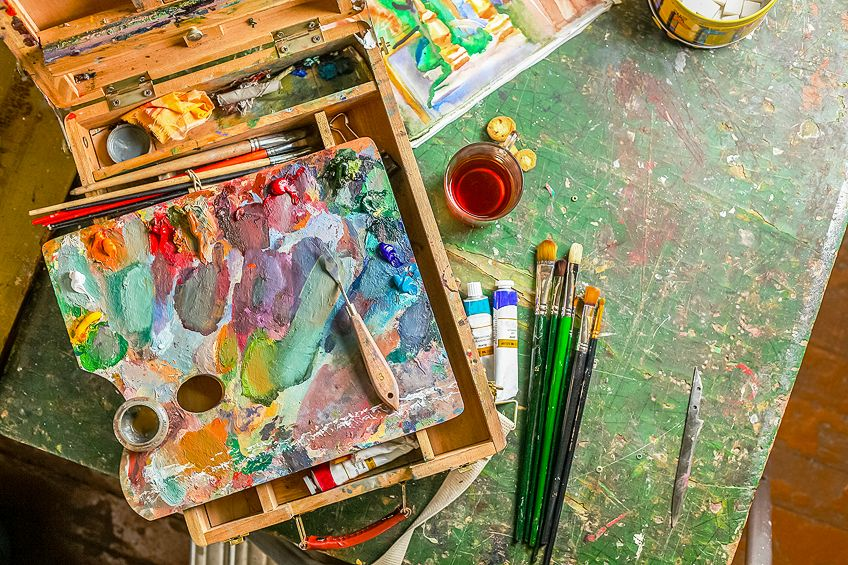
Image Credits: artincontext.org
Using several different oil mediums, you can give your preferred paint more fluidity in an oil painting. You can use oil paint mediums such as poppyseed oil, linseed oil, and safflower oil. You can also use an alkyd medium can also be used because it is essentially a synthetic oil. The following are the different drying times of these oil mediums:
1. Fastest Drying Time
- Linseed oil mediums
- Alkyds
2. Moderate Drying Time
- Safflower oil medium
3. Slow Drying Time
- Poppyseed oil
Why Does Oil Paint Take Long to Dry?
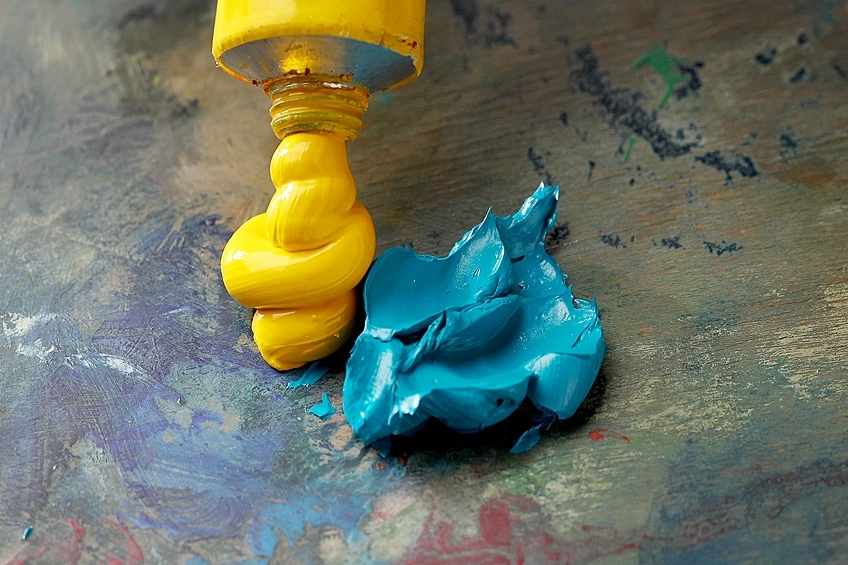
Image Credits: artincontext.org
Selecting the appropriate medium to work with plays a huge role in the time that oil paint takes to dry. It is, thus, necessary to appreciate the characteristics of oil paints and the reasons that make them remain wet for a long time.
i). Properties
The drying process of oil-based paints is quite different from fast-drying watercolors or acrylic mediums. Oil paints are made up of natural pigments and oil. The pigments are usually made from organic substances, synthetic solids, or naturally occurring mineral pigments.
ii). Drying Process
The reason why watercolors and acrylics dry faster is because of evaporation. They dry relatively faster because water evaporates easily, quickly drying the paint. On the other hand, oil paints dry through an oxidation process. Oxidation happens when oxygen and the properties of oil paint react, resulting in the hardening of the paint.
How to Make Oil Paint Dry Faster
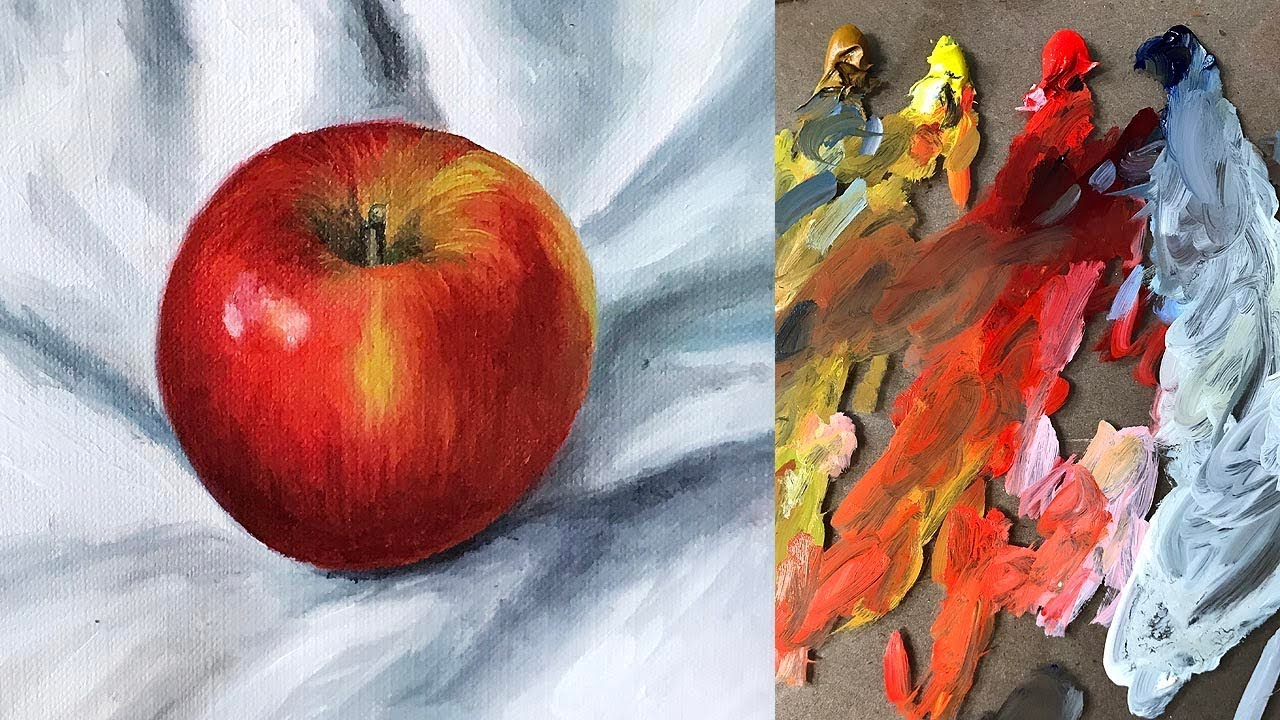
Image Credits: conceptartempire.com
While some factors that influence the drying of oil paints may be out of your control, there are those you can use to your advantage. Adjusting certain things can easily speed up the drying time of your oil paintings. The following are areas you can adjust to help improve the drying time of paintings:
1. Paint in a Well-Lit, Well-Ventilated Area
A well-ventilated area thereby one can choose a well-shaded outside area or an inside area with the window open. If the environment outside is humid one should use a dehumidifier inside the house. Make sure enough aeration so that oxidation takes place and moist air can circulate to dry your painting.
You should open your windows and place your completed painting where there is fresh air circulation and definitely sunlight.
2. Warm Temperatures

Image Credits: youtube.com
Environmental factors play a huge role in determining how long it takes for an oil painting to dry. For example, cold temperatures cause drying oil paint to take longer. Therefore, oil paint dries faster in warm temperatures. Nonetheless, too much heat can also be dangerous and cause painting cracking.
You may paint in a room with natural light but not under sunlight. Also, remember that although you may use your auto’s A/C to switch to higher temperatures, home heating tools should be properly used under instructions. Many contrivances for painting can be rather detrimental for your painting if done incorrectly: heat guns are an example.
3. Use Faster Drying Colors
From the actual materials used in creating each color, there is always a difference in the chemicals present. The chemical composition of the material also has a great role in the drying process. Thus, if employing the layering technique, one should begin with a color that dries quicker than the other, and then the following layers would take longer to dry. Washable colors, non-toxic, are perfect when you wish to work with layers of thick paint in all your artwork most of the time.
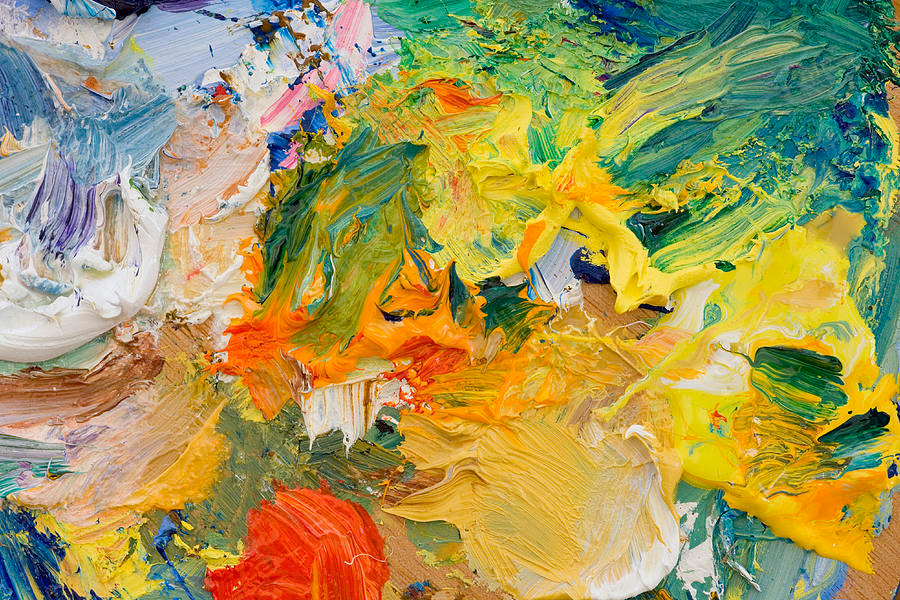
Image Credits: depositphotos.com
Knowing which colors dry faster and which brand is a better choice is important. While experience and experimentation would be a better teacher with colors, here is a small guide to start you off:
Slow Drying Colors
- Most reds, including Alizarin crimson
- Cadmium colors
- Blacks
- Sap green
- Zinc White
- Vermilion
- Vandyke brown
Fast Drying Colors
- Burnt Sienna
- Raw Sienna
- Burnt Umber
- Raw Umber
- Chrome Yellow and Red
- Cobalt Blue
- Prussian Blue
- Naples Yellow
- Manganese colors
4. Use Linseed Based Oil Paint Only
Oil paint production involves the use of different oils. These oils include walnut oil, linseed oil, poppy oil, and safflower oil. However, Linseed based paints dry faster. Therefore, stick to Linseed if you want to lessen the frustration of the drying process.
5. Apply Initial Layers Using Acrylic Paints
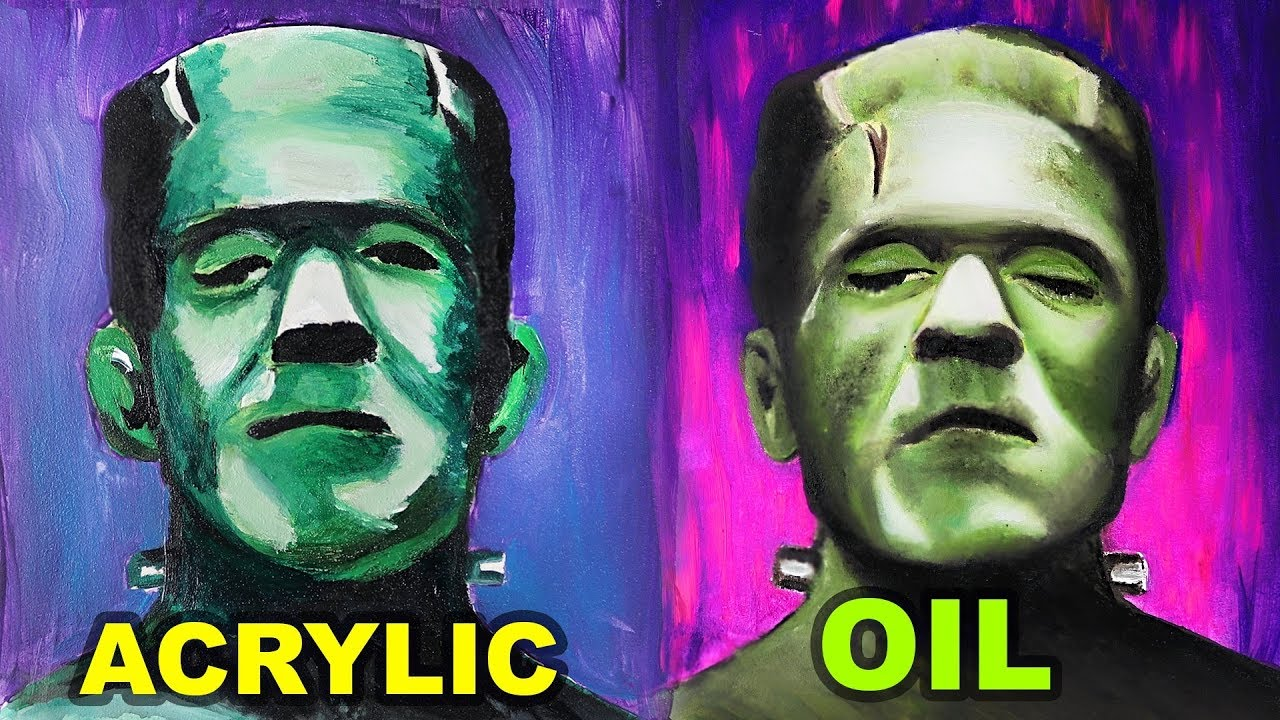
Image Credits: artflakes.com
While acrylic paint will not speed up the drying time of oil paint, it is beneficial as an initial layer. So, acrylic dries after a few hours instead of the first layer taking more than 24 hours to dry. Noteworthy, acrylic is water-based and should not be used over oil paint.
Ensure that your canvas is not primed with oil-based paint; prime it with acrylic paint. It is also worth knowing that when working with acrylic paint, you can make your work easier by using some of the best paint brushes for acrylic painting.
6. Use Alkyd Paint
Alkyd paint dries faster than traditional oil-based paint. It is made of a fast-drying oil with the same consistency many artists prefer. Painting done solely in alkyd paint dries overnight. However, it is important to note that alkyd dries with a slightly darker shade with a plastic-like finish. The finished painting may crack easily if alkyd paint is used over traditional oil-based paint.
7. Ensure that Your Paint Surface is Absorbent
Oil paint drying times are also determined using either an absorbent surface or a non-absorbent surface. Avoid using a universal-primed canvas from local craft stores because they make oil paint dry slowly.
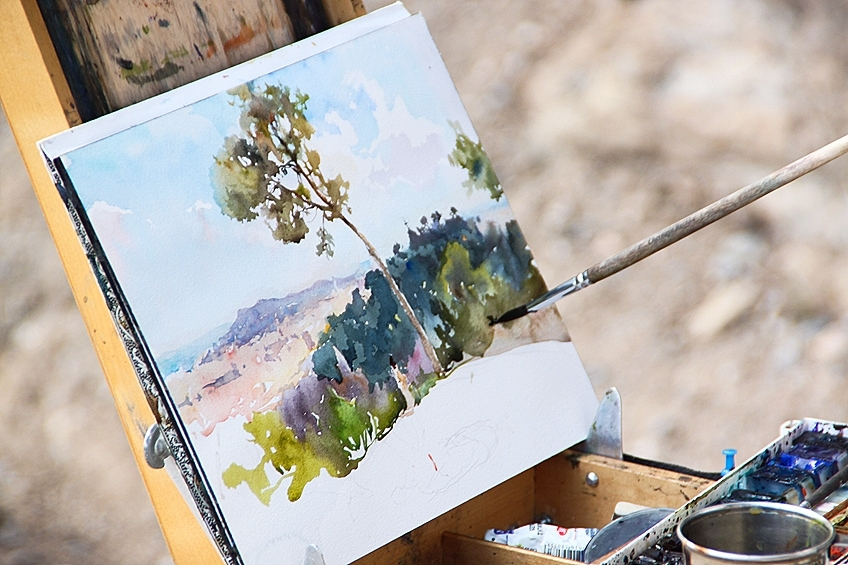
Image Credits: craft-art.com
With the right canvas and the right canvas painting ideas in hand, you are guaranteed to have a good time bringing out your creativity and not worrying about drying time. The following are some canvas options for your painting project:
I). Alkyd-Primed Surfaces
A surface primed using alkyd allows your oil paint to spread easily, soaking into the canvas and drying faster. In addition, alkyd is more absorbent than titanium, lead, or oil-based primers. It is, therefore, a great alternative for priming your canvas.
II). Gesso-Primed Surfaces
When using gesso-primed surfaces, it is better to use an acrylic gesso. The traditional gesso is more restricted due to its brittle nature, which works best only on wood surfaces. You can shorten the time for drying oil paint by priming your ordinary canvas using acrylic gesso.
III). Lead-Primed Linen
While lead-primed surfaces are non-absorbent, oil paint dries more quickly when applied. Therefore, this surface is ideal for those who enjoy doing wet-on-wet painting. Nonetheless, lead is toxic, pricey, and difficult to come by.
8. Use a Chemical Drying Agent
Using a chemical drying agent is one of the best painting techniques to ensure that you shorten the drying time of oil-based paint. Add a small drying agent to your oil paint mixture before working with it on your canvas. Even so, ensure you only use drying agents in your subsequent layers and never in the base coat. The reason for this is that most drying agents are oil-based mediums.
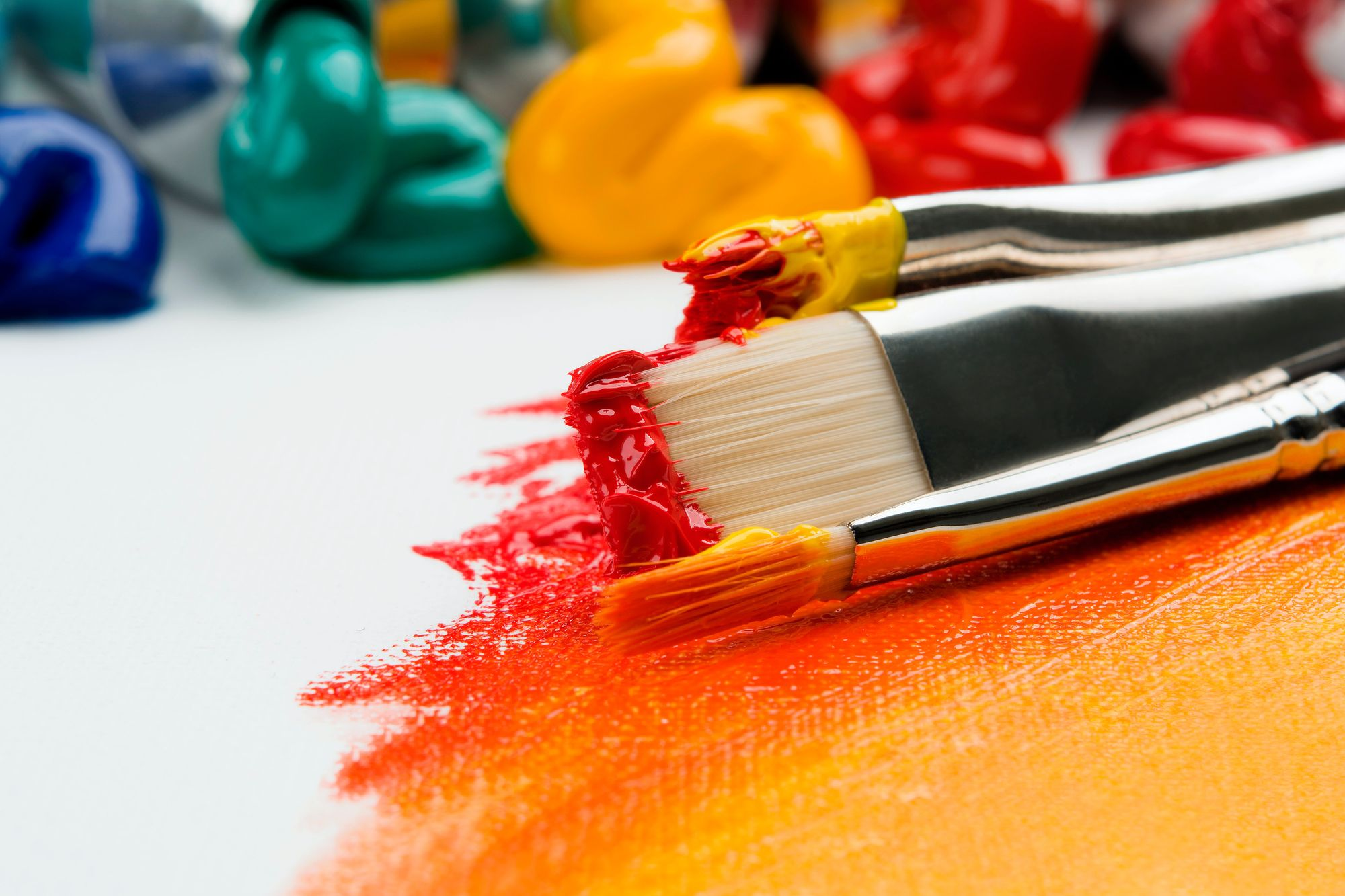
Image Credits: lupineart.com
9. Apply Thinner Layers of Paint
Thicker paint has a slow drying time because it doesn’t receive enough exposure to oxygen. The curing process of thin paint layers allows oxidation to occur faster than when the layers are thick.
You can use a chemical solvent to thin your paint. But be careful because solvents can also lead to the cracking of your paintings if not used correctly. To reduce the time paint takes to dry, use oil-based chemical solvents.
Conclusion
The time that oil paints take to dry completely is a frustration that many artists experience. To enjoy the rich qualities and beauty of the medium, you must understand it and embrace the frustration as part of its beauty. It is finding simple ways to ease the drying times, like using absorbent surfaces or painting in a well-ventilated room, that makes the frustration easier to deal with.
Painting with oil paints has advantages that many artists prefer and love; learning some hacks is a matter of making the drying process easier. With some easy painting ideas you can start your journey of expressing your creativity and soul.
Featured Image: unsplash.com














